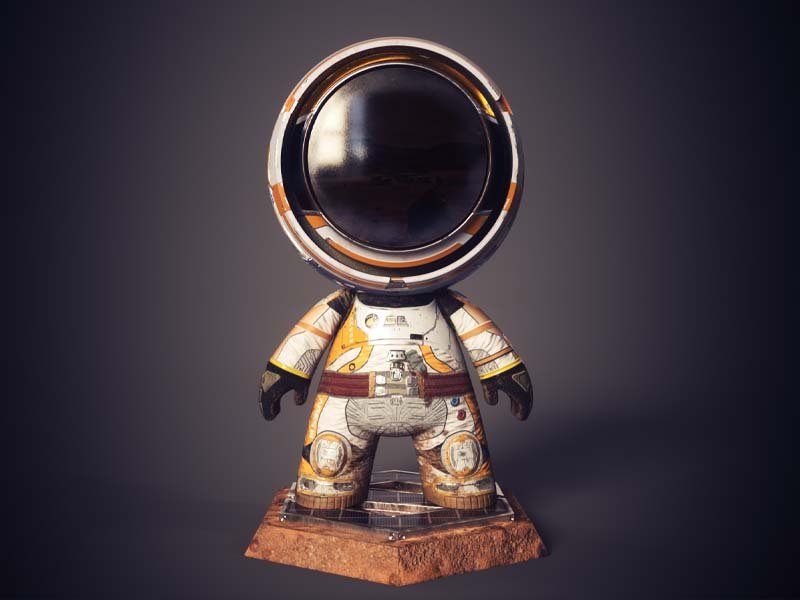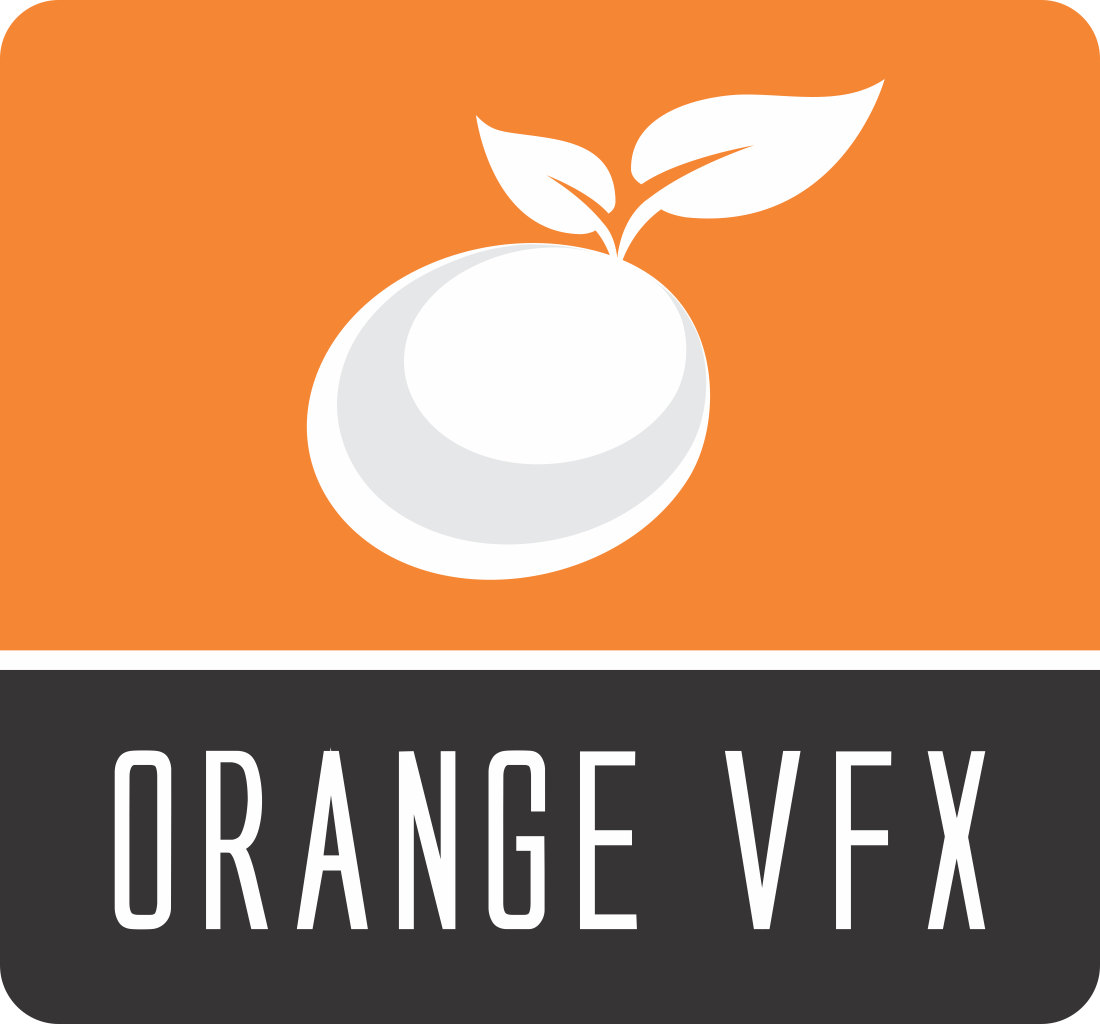3D Texturing and Shading


Texture like a pro in 4 weeks
Creating 3D textures for film, TV shows, or video games is an art form in its own right. Simply pulling assets from online stores and dropping them into a 3D scene isn’t enough in today’s competitive industry. You need fundamental art skills, and if you want to stand out from the crowd and present your skills to potential clients/employers, you need to create your art. This 3D texturing and rendering course teaches you how to create your own game or film ready textures from scratch.
You will begin with the basics within Substance Painter and move on to texturing with provided 3D assets so you can focus solely on texture creation. We will also cover how to use library assets. This IS NOT a modelling or character animation course. For first time users of Substance, we go over all the basics of Substance Painter and a beginner level model for you to work with to learn the software. In addition, we demonstrate how we prepare our models by showing how we UV and export out for Substance Painter using Maya so the context of the production workflow in 3D texturing can be better understood. By the end of this course, you will have a strong understanding of 3D texturing with Substance Painter.
WHAT YOU’LL LEARN
- Easily navigate the user interface of Substance Painter
- Importing 3D Models
- Bake maps with provided meshes for procedural texturing
- Add, Subtract and manipulate colour, roughness, metallic and emissive channels through masks and generators quickly
- Learn the fundamentals of Texturing workflow and pipeline from Maya to Substance Painter and back to Maya
- Setup a shader graph correctly with the suitable Colour spaces
- Light and render a final image or video (look development)
SOFTWARE REQUIREMENTS
The 3D Texturing and Rendering course requires either a trial or copy of Substance Painter 2020 or higher
WHO THIS COURSE IS FOR?
This course is for intermediate level users interested in learning Substance Painter and its texturing techniques for 3D assets for gaming and rendering or anyone aspiring to break into the gaming industry who wishes to learn the latest 3D art texturing techniques.
COURSE OUTLINE
- INTRODUCTION TO PAINTER
- UI and introduction
- Scene navigation
- What are Layers
- Layer stack and blend modes
- Adding folders
- Paintbrush tool
- Creating straight lines
- A look at brushes
- Image projection tool
- Preview
- Polygon fill tool
- Symmetry
- Fill layers
- Painting on masks
- Fills on masks
- Emissive Effects
- Levels
- Filters
- Colour selection (from ID map)
- Generators
- Baking mesh maps
- Preparing id maps in Maya
- Anchor points
- Using and creating Smart materials – Smart masks
- Instantiating materials across texture sets
- PREPPING A GEOMETRY FOR SUBSTANCE PAINTER
- Geometry checks (UVs, Naming, Shaders, Groupings etc.)
- Project Directory Structure
- Exporting to Painter
- TEXTURING THE GEOMETRY
- Importing geometry into Painter
- Baking mesh maps and adding metal and leather materials
- Adding wood height map
- Preset materials
- Adding damage
- Texturing the geometry
- Baking the geometry mesh maps
- Glass shader
- Head height map
- Body height information
- Wheel height information
- Creating the main material
- Instantiating the material
- Texturing the body
- Adding weldings
- Texturing the wheel
- Emission and lens material
- RENDERING IN PAINTER
- Render Settings
- Depth of field
- Post Effects
- EXPORTING TEXTURES TO ARNOLD FOR MAYA
- Export Project Directory Structure
- Export Textures from Substance
- LIGHTING & RENDERING IN ARNOLD FOR MAYA
- Overview of rendering in Arnold for Maya
- Importing textures into the Maya scene
- Arnold aiStandard Surface material Setup
- Adjust Colourspace of Imported Textures
- Setting lights and camera
- Optimizing Render Settings
- Rendering for Image vs Video
- PROJECTS AND REEL DEVELOPMENT
- MENTORSHIP (4 weeks free)

